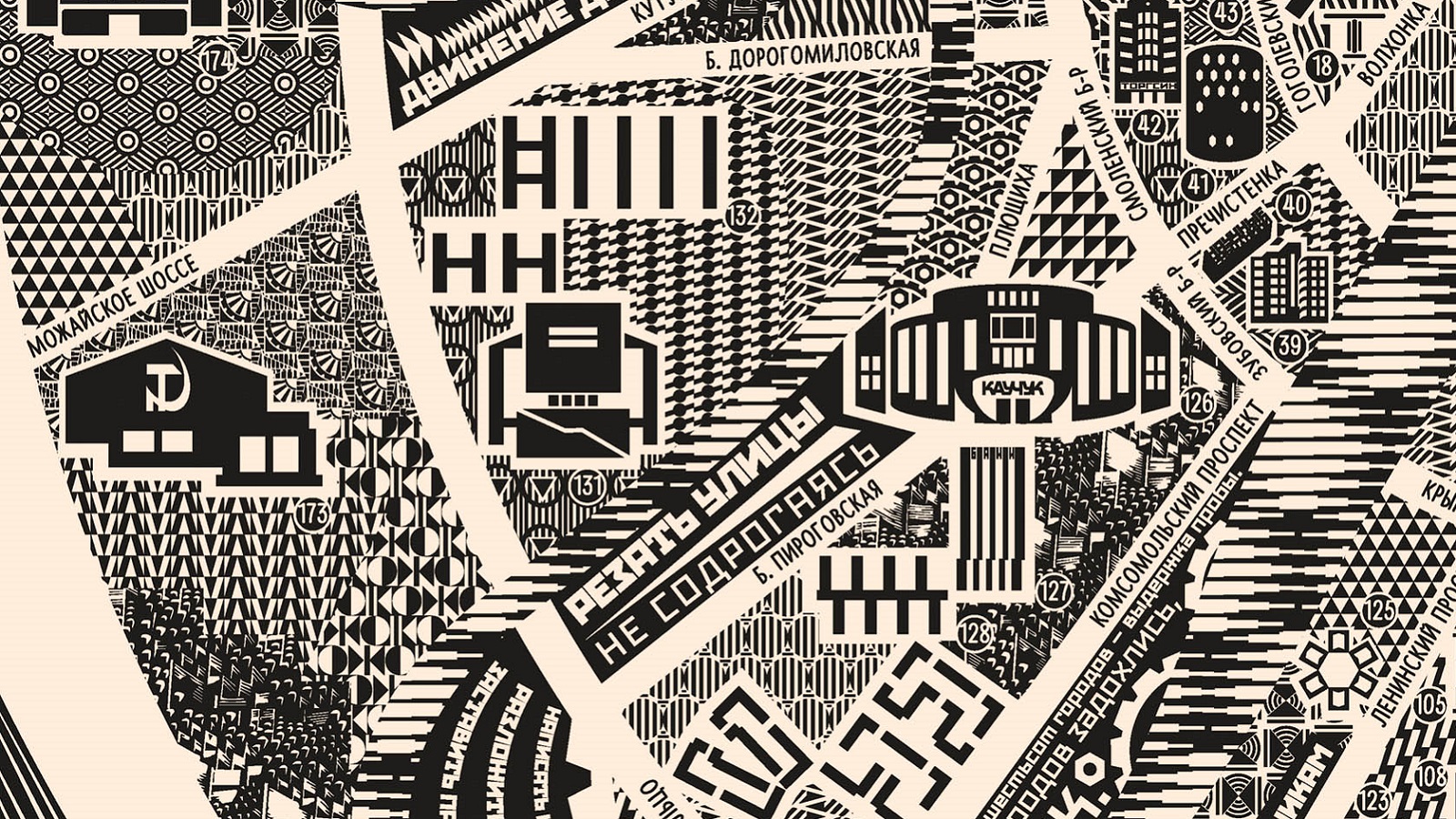Moscow is the cosmopolitan capital and most populous city of the Russian Federation, with over 12 million residents living within the city limits. Lying on the Moskva River and world-renowned for its architecture, the city’s historic core is called the Kremlin — a complex that’s home to the president and tsarist treasures in the Armoury. Outside its walls is the Red Square, Russia’s symbolic center. It is the site of Lenin’s Mausoleum, State Historical Museum and St. Basil’s Cathedral, known for its colorful, elegant, and onion-shaped domes. And Lenin’s Mausoleum is one of the prime examples of the earlier post-revolutionary years (of 1920s and early 1930s) that saw a plethora of radical new buildings created in the city – the era of Constructivist architecture.
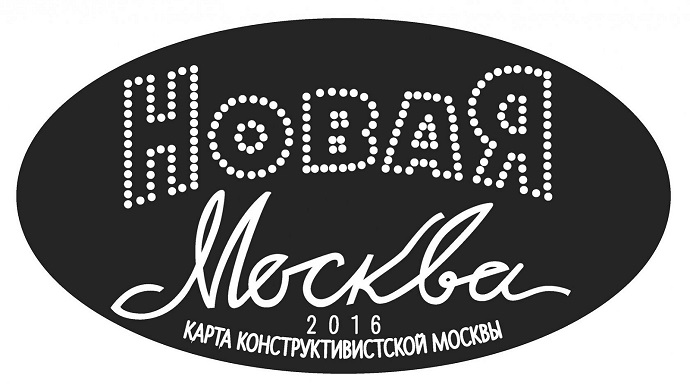
While the Constructivist movement produced a series of pioneering and unique projects and had a great impact on contemporary architecture during the Soviet period since late 1930s, the Constructivist buildings were neglected and people nowadays don’t appreciate this unique heritage. To bring attention to possible demolition of a whole architectural style and to show its pure exceptional beauty, the Lithuanian design studio Dizaino Studija Baklažanas from Vilnius has created a map of Constructivist Moscow.
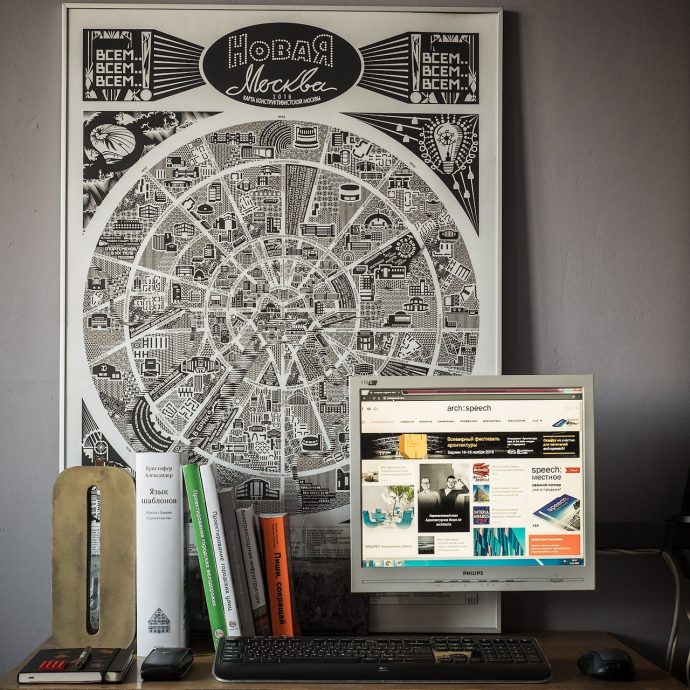
So, as a part of the studio’s social responsibility campaign to save architectural avant-garde heritage of Moscow, The New Moscow map celebrates “one of the very few things Russians should be actually proud of” – a collection of buildings that includes workers’ clubs, schools, factory kitchens, garages, communal housing, factories, bathhouses and even the first soviet crematorium and columbarium. The map not only features the most famous buildings, from Melnikov House and the Narkomfin Building to Shukhov Tower and previously mentioned Lenin’s Mausoleum, but depicts another 180 most stunning examples of Constructivist architecture and less known residential buildings and constructivist quarters and settlements within the limits of Moscow Ring Road (MKAD).
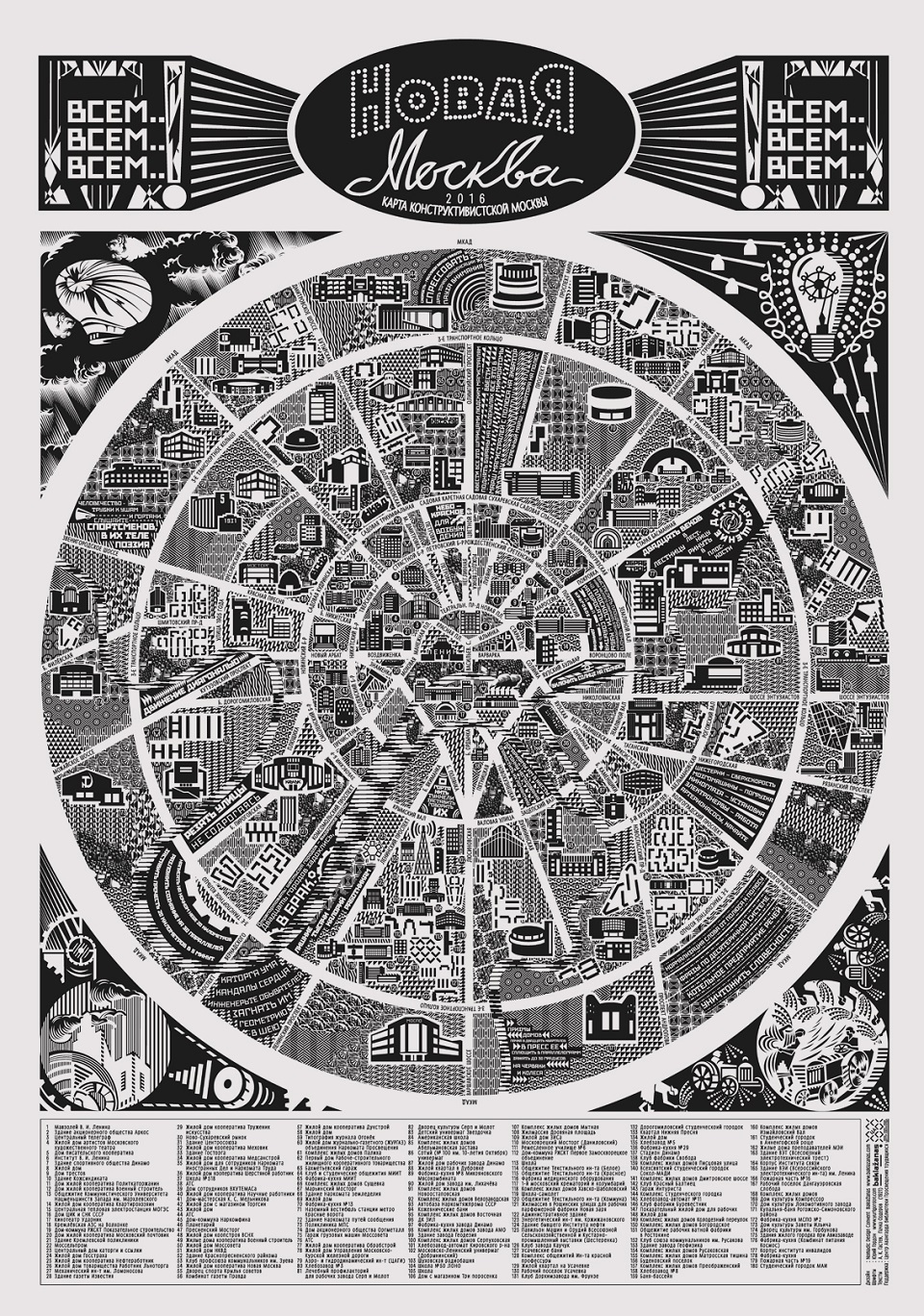
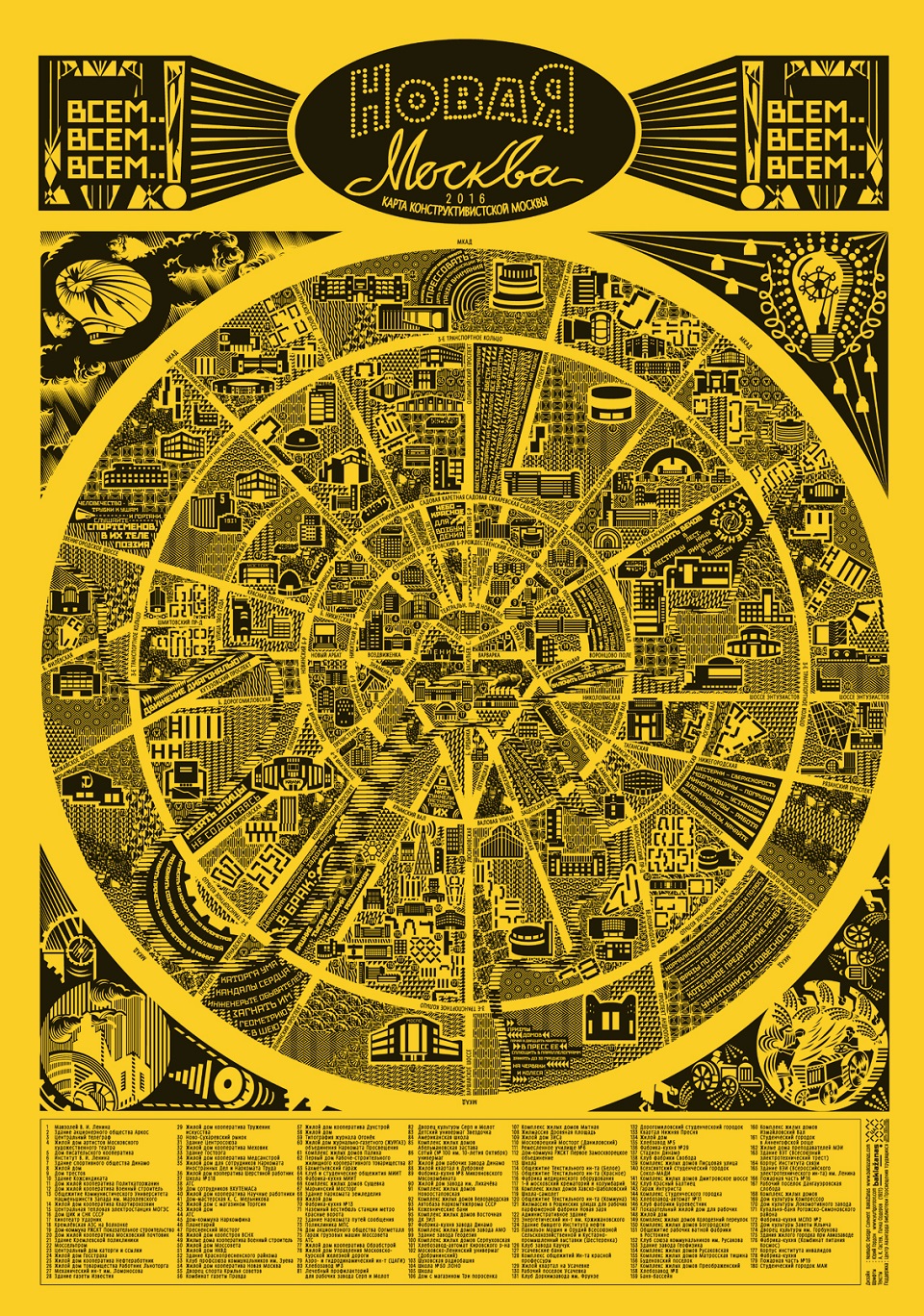
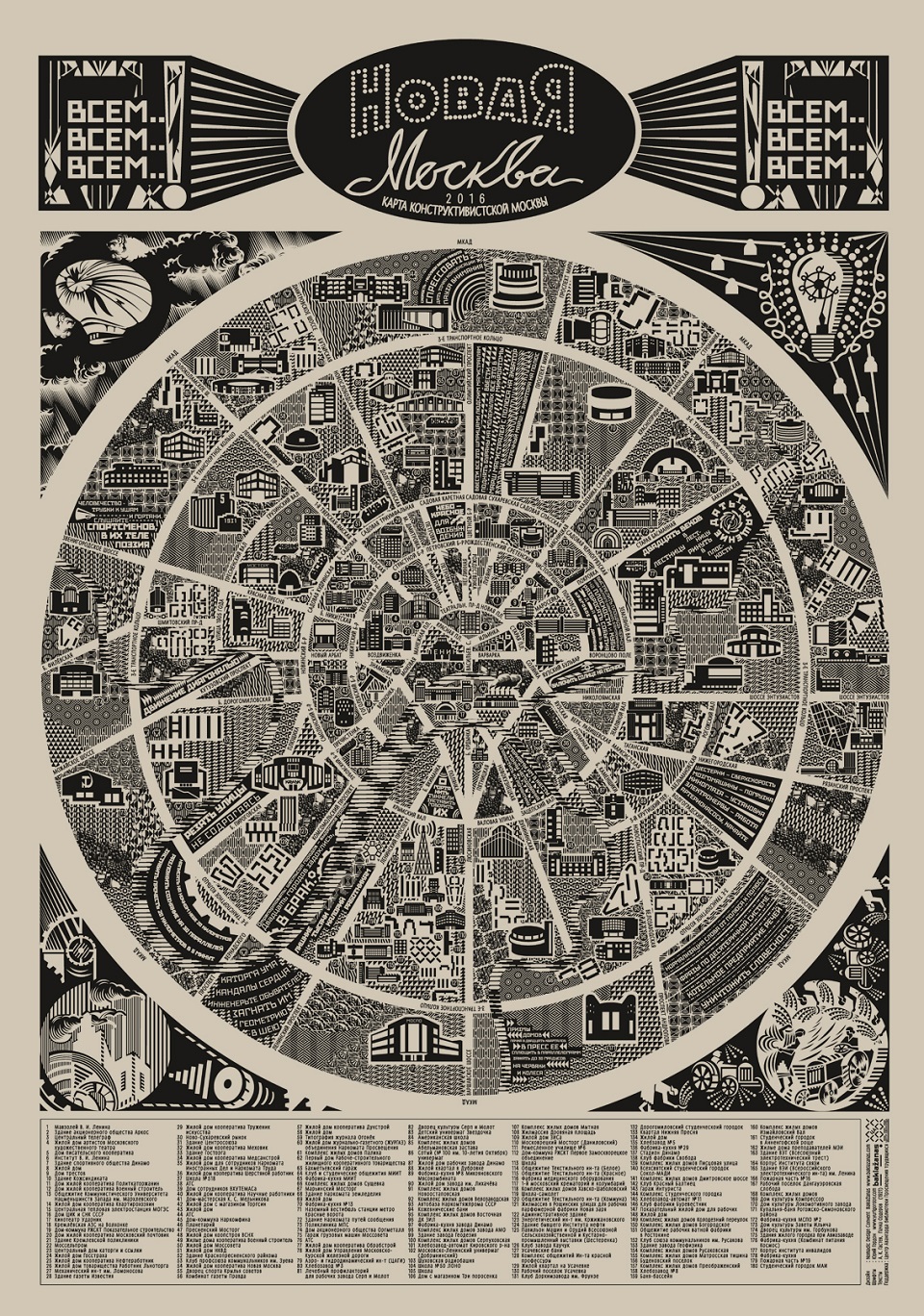
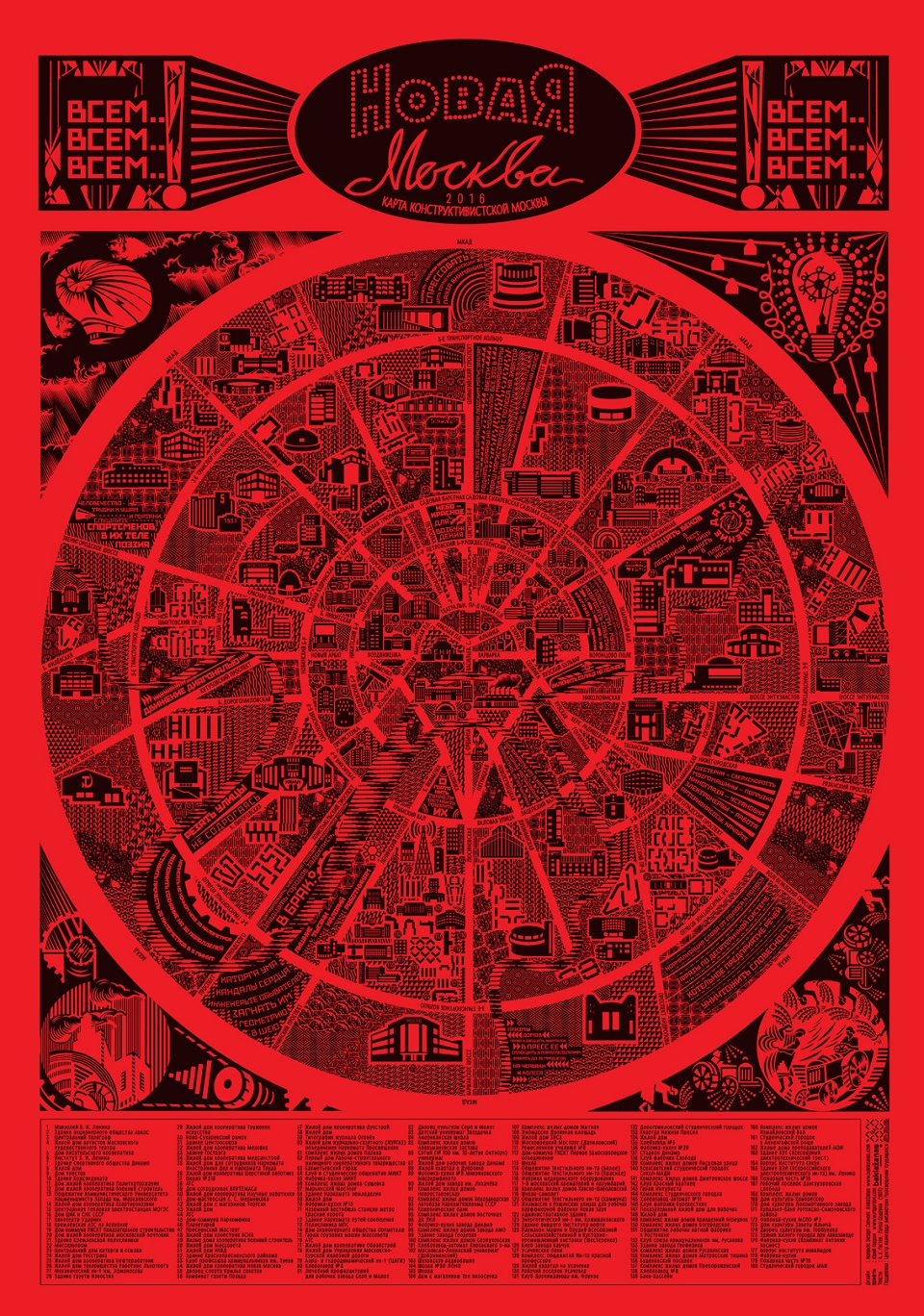
The main reason why the nomadic design studio from Lithuania — which focuses on visual branding and communication design for cultural, educational and governmental institutions – created the map was because many of these masterpieces are either in ruins or under imminent threat of demolition, which would allow the land to be sold to developers. And despite all the public protests and numerous petitions, Russia’s unique architectural heritage is being destroyed by the authorities. The studio’s statement explains that “for us, design is a continuous communication. Our art direction aims to engage our clients in the process that not only communicates what they want but clarifies what they are.” So, in keeping with their motto, they decided to incorporate into the map not only these 180 leading examples of Constructivist architecture in the city, but also some remarkable elements of Russian industrial art from the 1920s and 1930s.
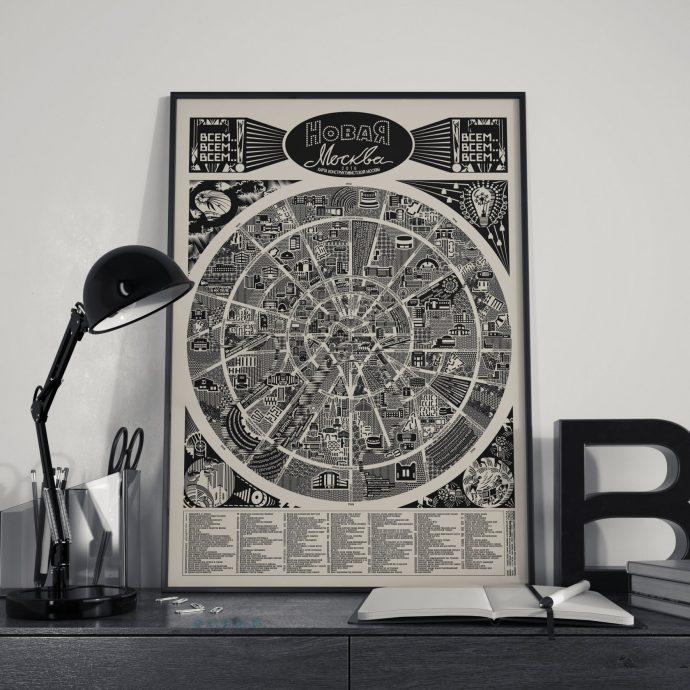
The map was designed using fonts created by famous Russian type designer Yuri Gordon and provided with texts from the book of poems A Pack of Orders (1921) by one the most outstanding proletarian poets of early post-revolutionary Russia Alexei Gastev and two fabric designs: The New Village by R. Vasileva and Factory by S. Burylin from the collection of Ivanovo Regional Art Museum.
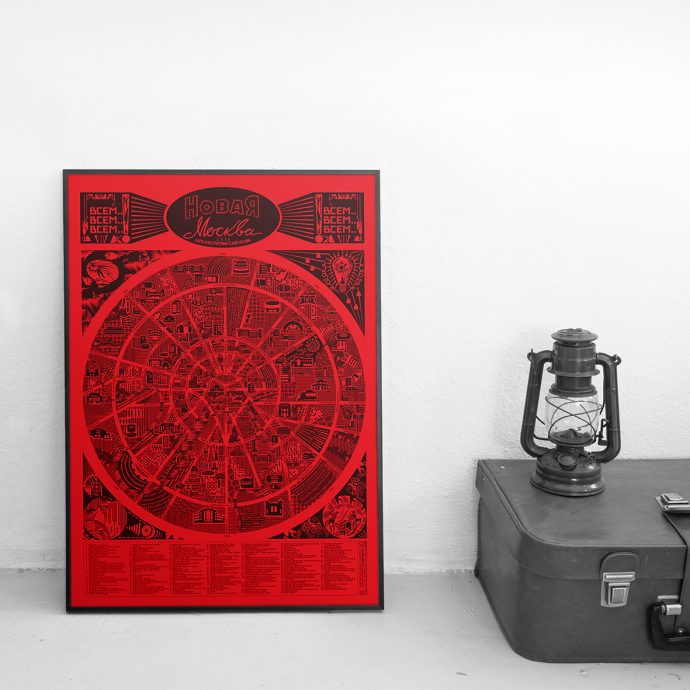
The four ’roundels’ refer to Soviet textile and porcelain design of 1920s and 1930s and their propaganda capacities celebrating industrialization, electrification, collective farming and aeronautics, announcing an era of a new type of human, trained by the overall mechanization of everyday life. Some of the patterns we used celebrate the work of Russian designers Lyubov Popova and Varvara Stepanova who helped pave the way for all modern day graphic designers as they created art with a purpose in hopes of bettering the society in which they lived.
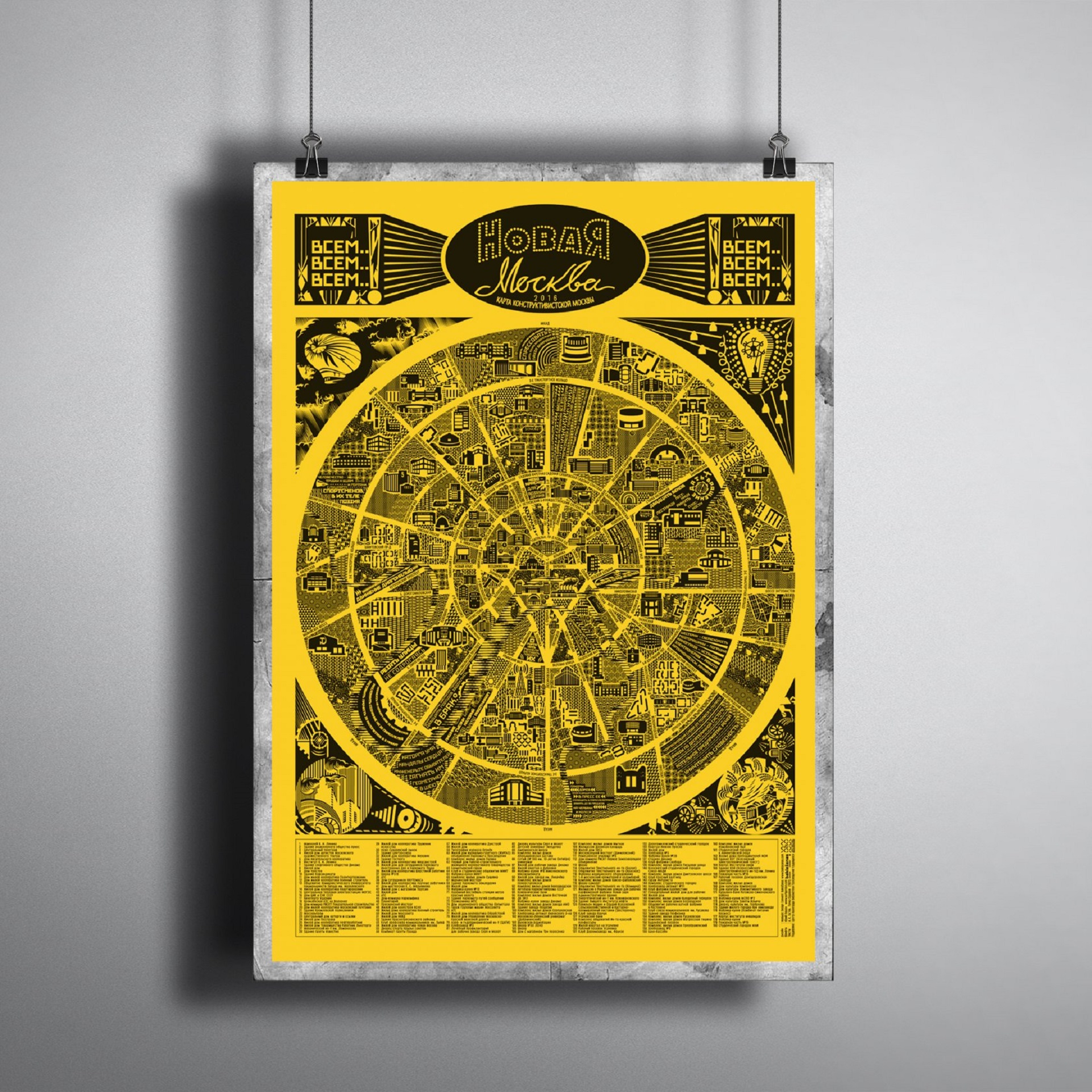
If you like the design and want to support the design studio Baklažanas, you can buy your copy at their international store – and thankfully due to a large number of requests it now ships worldwide.
Credits:
Agency: Dizaino Studija Baklažanas
Client: Center of Russian Avantgarde
Map Fonts: Yuri Gordon
